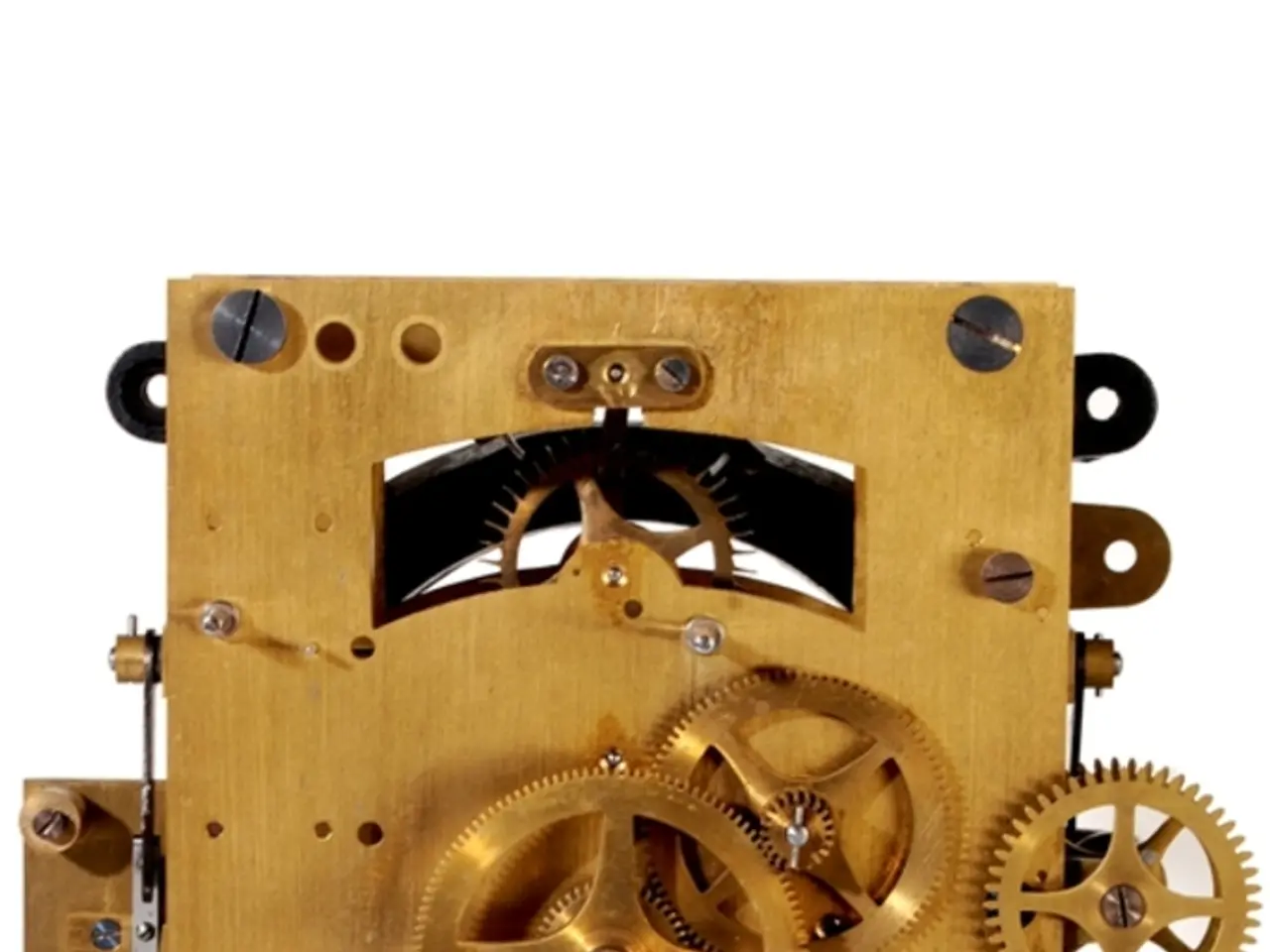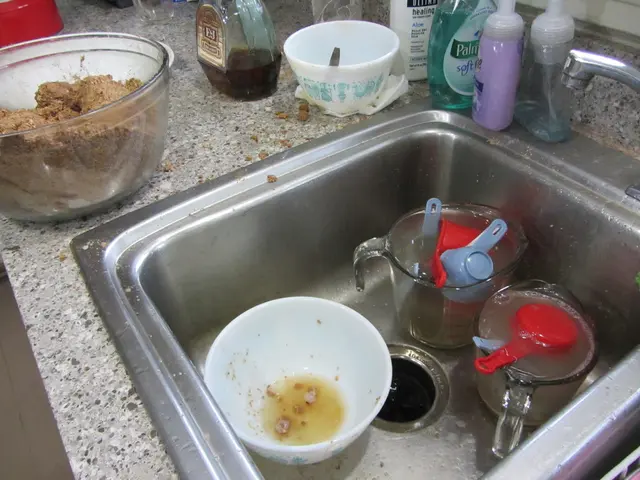Comprehensive Insight into Portable Electrosurgical Units: Handheld Cautery and Bipolar Cautery Devices
In the realm of surgical tools, handheld cautery devices have become indispensable, offering enhanced precision, reduced bleeding, and faster recovery times. Two primary types of handheld cautery devices, monopolar and bipolar, each with unique characteristics, cater to various surgical needs.
The key difference between these two lies in the flow of electrical current and their specific applications. Monopolar cautery devices, with their active electrode (cautery tip) sending current through the patient's body to a return electrode (grounding pad), result in current travel through a wider area of the body. On the other hand, bipolar cautery devices, with electrical current flowing only between the two electrodes located on the instrument’s jaws, ensure that the current passes exclusively through the tissue grasped between the instrument’s tips without traveling through the rest of the body.
Bipolar instruments, often featuring ceramic insulation between active and return electrodes on the jaw, offer precise grasping and dissecting capabilities in laparoscopic procedures. Monopolar instruments, with a single active electrode and a return pad elsewhere on the patient, tend to be simpler but require careful grounding to avoid unintended burns.
Monopolar cautery is widely used for cutting and coagulating tissue over a larger area, making it versatile and suitable for open surgeries, endoscopic procedures, and scenarios where broad tissue effect is acceptable. Bipolar cautery, due to its confined current path, is preferred in procedures requiring high precision and safety near delicate structures, such as microsurgery, neurosurgery, and laparoscopic surgeries.
In summary, bipolar devices offer greater precision and safety for delicate surgical tasks by restricting current flow locally between their jaws, while monopolar devices provide a broader tissue effect suitable for general cutting and coagulation in a variety of surgeries.
Handheld cautery devices, whether monopolar or bipolar, provide surgeons with enhanced precision and control during surgical interventions, enabling meticulous tissue manipulation, shaping, and dissection. Proper handling, cleaning, maintenance, and troubleshooting guidelines are essential for ensuring safe and efficient operation.
Regular maintenance checks on these devices are crucial to identify and address any potential issues, ensuring the devices' optimal performance and longevity. Advancements in these devices are expected to continue, leading to further improvements in energy delivery, ergonomic design, and safety features, contributing to even greater precision, efficiency, and patient satisfaction in surgical procedures.
- In the realm of health-and-wellness, the advancements in psychology science and medical-conditions diagnoses have led to the development of various therapies-and-treatments for mental illnesses.
- For fitness-and-exercise enthusiasts, handheld cautery devices offer a unique application in physiotherapy, aiding in the treatment of minor surgical incisions or muscle tears during recovery.
- The rise in interest in overall well-being has led to an increase in demand for personal fitness trackers and apps, which can monitor heart rate, sleep patterns, and physical activity, providing insights into health-and-wellness improvements.





